Table of Contents
- Siberian Husky Overview
- Origin & History
- Appearance & Breed Standard
- Temperament & Personality
- Siberian Husky Puppies: Socialization & Training
- Care & Living Conditions
- Health & Preventive Care
- Training, Activities & Daily Life
- Nutrition & Weight
- Frequently Asked Questions
- Conclusion
- Siberian Husky Breed Profile
Siberian Husky Overview
The Siberian Husky is a highly energetic sled dog known for its endurance, friendly nature, and strong work ethic. Originally bred to pull sleds over long distances in harsh climates, Huskies bring stamina, independence, and resilience. Owners should be ready for plenty of exercise, consistent training, and structured routines – in return, the Husky is a loyal, playful, and social companion.

Origin & History
The breed originates from the Chukchi people of Siberia, where Huskies pulled sleds, assisted in hunting, and lived closely with families. In the early 20th century, they were brought to Alaska and Canada, gaining fame in sled dog racing. To this day, the Siberian Husky symbolizes endurance, teamwork, and cold-weather resilience.
Appearance & Breed Standard
The Siberian Husky is a medium-sized, athletic, and well-balanced dog. Its expression is lively and friendly, with effortless and graceful movement.
- Height: Males 21–23.5 in (53–60 cm), females 19.5–22 in (50–56 cm)
- Weight: Males 45–60 lbs (20–27 kg), females 35–50 lbs (16–23 kg)
- Coat: Medium-length double coat – dense undercoat, weather-resistant topcoat
- Colors: All colors from pure white to black, often with facial masks or markings
- Eyes: Blue, brown, amber, parti-colored, or heterochromatic
The Husky’s body is designed for efficiency and stamina – built for endurance rather than sheer strength.

Temperament & Personality
Huskies are outgoing, social, and people-friendly, though not always eager-to-please like traditional companion dogs. Intelligent and independent, they have strong prey drives and can be skilled escape artists. Outdoors, they may wander or chase, making management and training essential. In the family, they are usually gentle, playful, and affectionate – often great with children if rules and rest periods are respected.
Siberian Husky Puppies: Socialization & Training
Early months shape the adult dog. Huskies are smart and quick learners – both good and bad habits. Structured, reward-based training in short, frequent sessions works best.
- Socialization: Positive exposure to dogs, people, noises, and environments. Avoid overstimulation. See Puppies & Kids.
- Basic commands: Start early with Sit, Down, Stay and a reliable recall.
- Impulse control: Wait calmly at mealtimes or doorways. More in our Impulse Control Guide.
- Alone time & rest: Gradual crate training, calm routines, and designated rest spots. Tips in Dog Home Alone Guide.
- Health start: Early vet visits, vaccinations, and deworming. See First Vet Visit and Housebreaking Guide.

Care & Living Conditions
The double coat protects in both cold and heat but requires consistent upkeep, especially during seasonal shedding.
- Coat care: Brush 2–3 times weekly, daily during shedding. Never shave – it damages coat function.
- Teeth & nails: Brush teeth multiple times a week (see guide), trim nails regularly.
- Living conditions: Secure fencing is essential – Huskies are escape artists. In cities, leash rules and mental stimulation are crucial.
Health & Preventive Care
Generally healthy, Huskies can still face breed-specific conditions. Responsible breeders conduct health screenings.
- Joints: Hip dysplasia (HD) – controlled growth, lean weight, and moderate activity reduce risks.
- Eyes: Cataracts, PRA, and other hereditary eye issues – ophthalmologic exams recommended.
- Metabolism/Skin: Hypothyroidism and zinc-responsive skin conditions occasionally occur.
Regular vet check-ups, parasite prevention, and good fitness support a healthy lifespan (12–14 years).
Training, Activities & Daily Life
Huskies need both physical activity and mental stimulation daily. Basic walks alone won’t cut it – they thrive with variety and challenge.
- Daily training: Leash training, reliable recall, calm greetings, impulse control.
- Activities: Running, hiking, canicross, bikejoring, light pulling sports. Scent work, tracking, and fetch games.
- Motivation: Positive reinforcement – food, play, environmental rewards. Mix in trick training (see tricks) and sniffing adventures.
- Safety: Use a well-fitted dog collar and sturdy leash for secure handling.
Pro tip: Exercise first, then mental work, then rest. Consistent routines reduce overexcitement.
Nutrition & Weight
As endurance athletes, Huskies need a protein-rich, balanced diet. Adjust portions to activity level, count treats in daily intake. Omega-3 sources benefit coat, skin, and joints. Keeping them lean prevents joint and metabolic issues.
Frequently Asked Questions
Are Huskies good for first-time owners?
Only with support. With trainer guidance, time, and structure, they can work – but prior experience is helpful.
How much exercise do Huskies need?
At least 1.5–2.5 hours per day, combining physical activity and mental stimulation.
Can Huskies be off-leash?
Only with a rock-solid recall and in safe areas. Many have strong prey drives and wanderlust.
Do Huskies tolerate heat?
Yes, if given shade, water, and rest. Avoid intense activity during hot weather.
Conclusion
The Siberian Husky is a friendly, athletic, and intelligent breed with high exercise needs. Owners who meet their requirements for activity, structure, and positive training are rewarded with a loyal, playful, and surprisingly sensitive companion – perfect for active households.

Siberian Husky Breed Profile
| Origin | Siberia (Chukchi people), later Alaska/Canada |
| Height | Males: 21–23.5 in, Females: 19.5–22 in |
| Weight | Males: 45–60 lbs, Females: 35–50 lbs |
| Coat | Double coat, medium length, dense undercoat |
| Colors | All colors; often with masks/markings |
| Temperament | Social, friendly, enduring, independent, intelligent |
| Exercise Needs | High – daily endurance work + mental stimulation |
| Care Level | Moderate – brushing, heavy during shedding |
| Good for Beginners | Conditional – better with experience or guidance |
| Health | Possible HD, eye screenings recommended |
| Lifespan | 12–14 years |


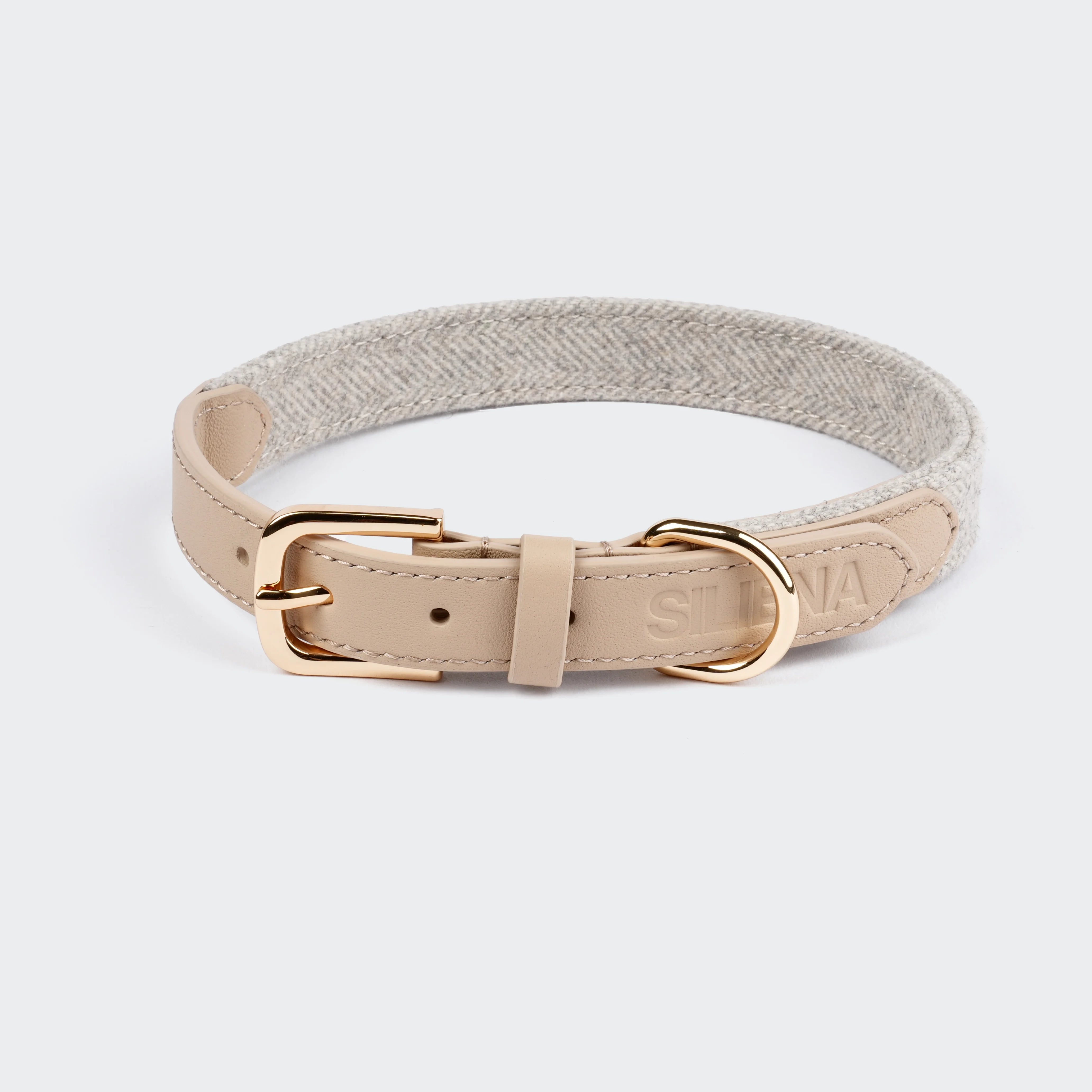
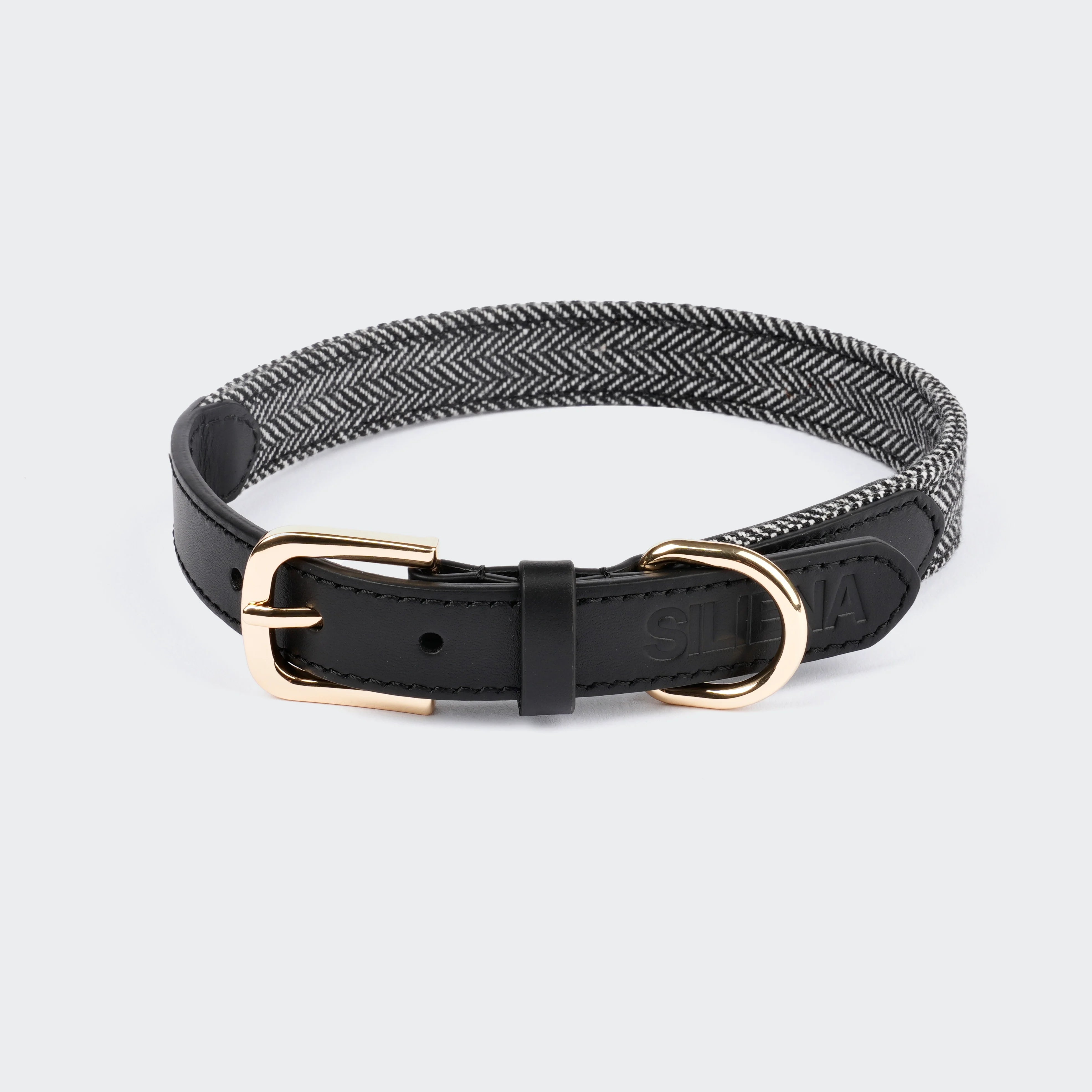
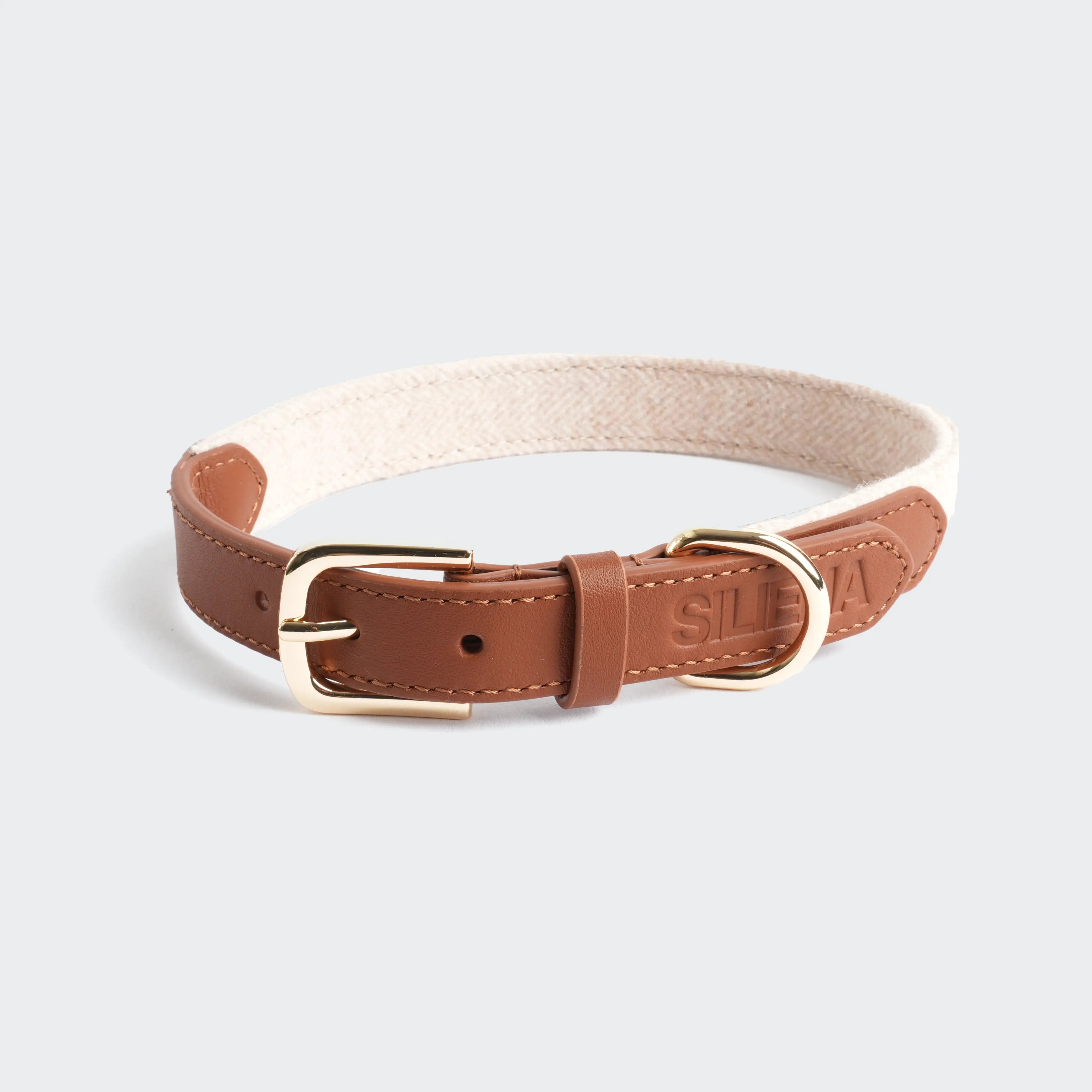
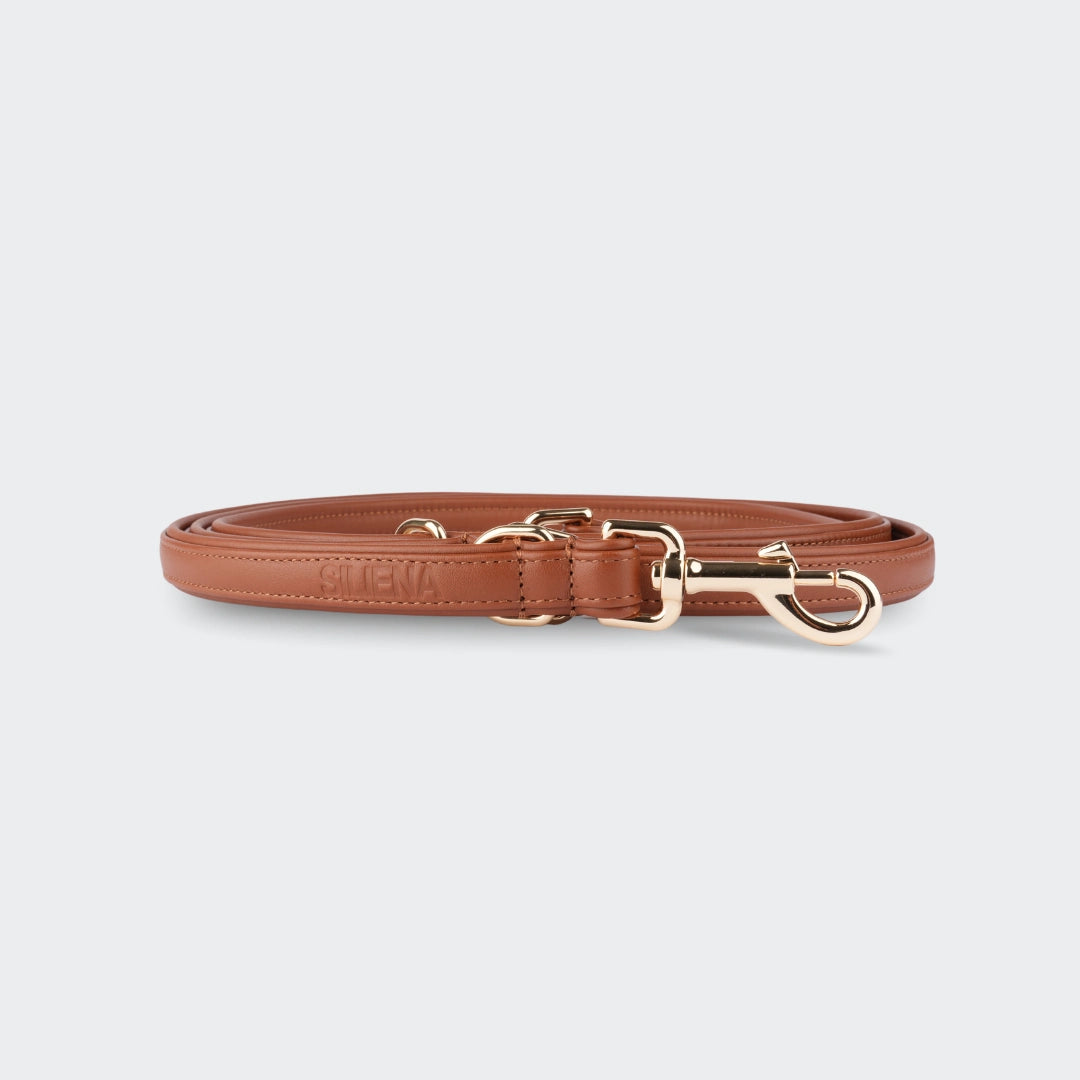
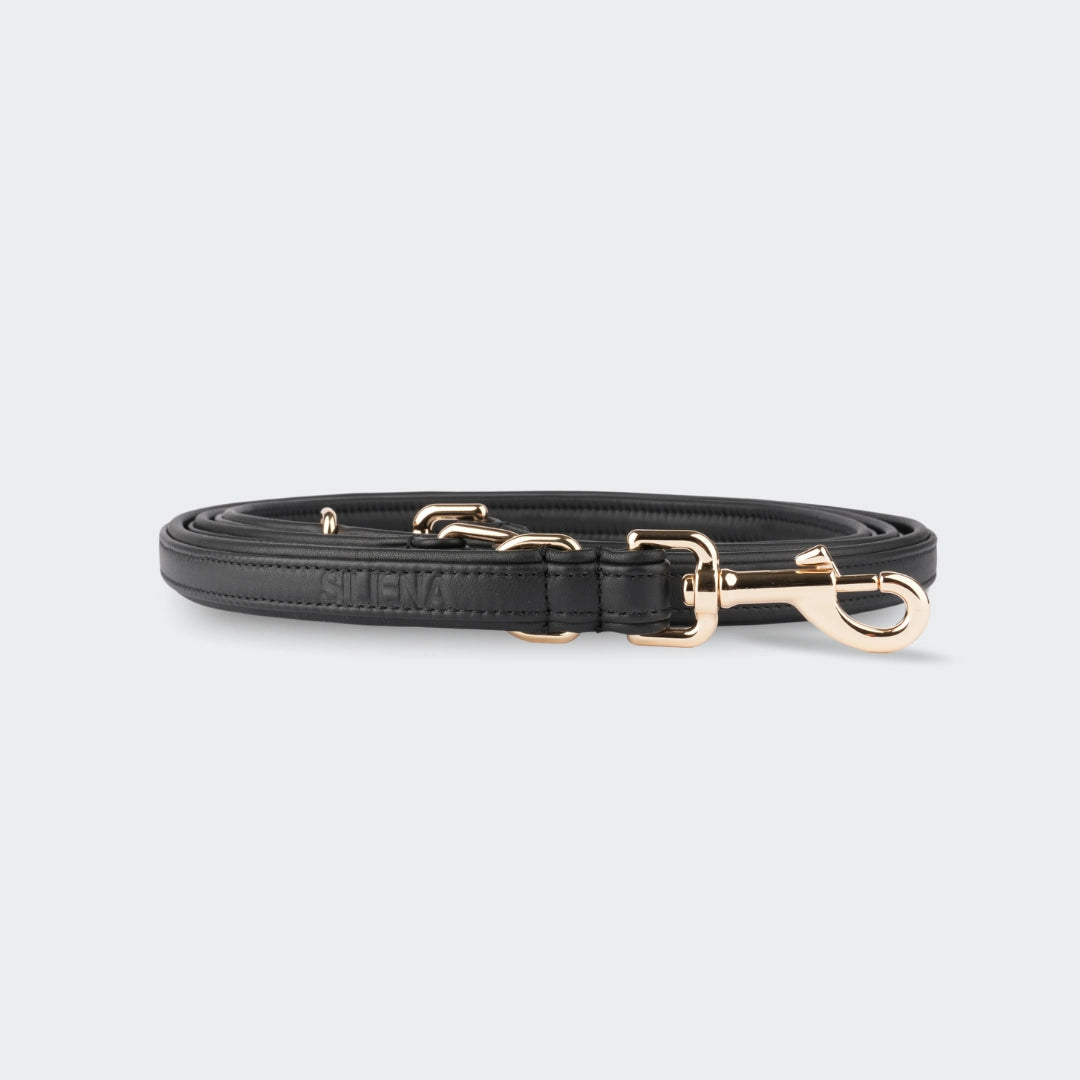
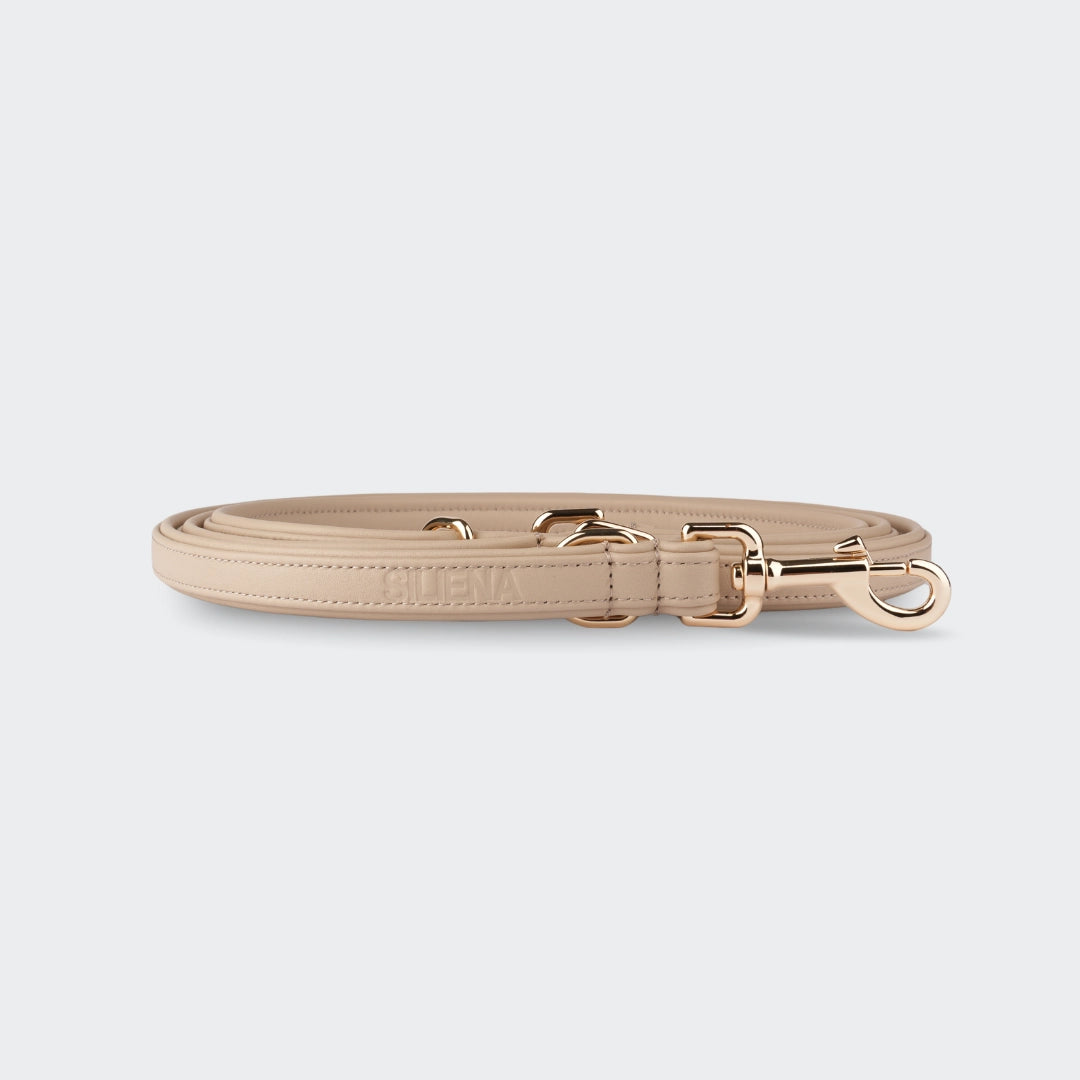
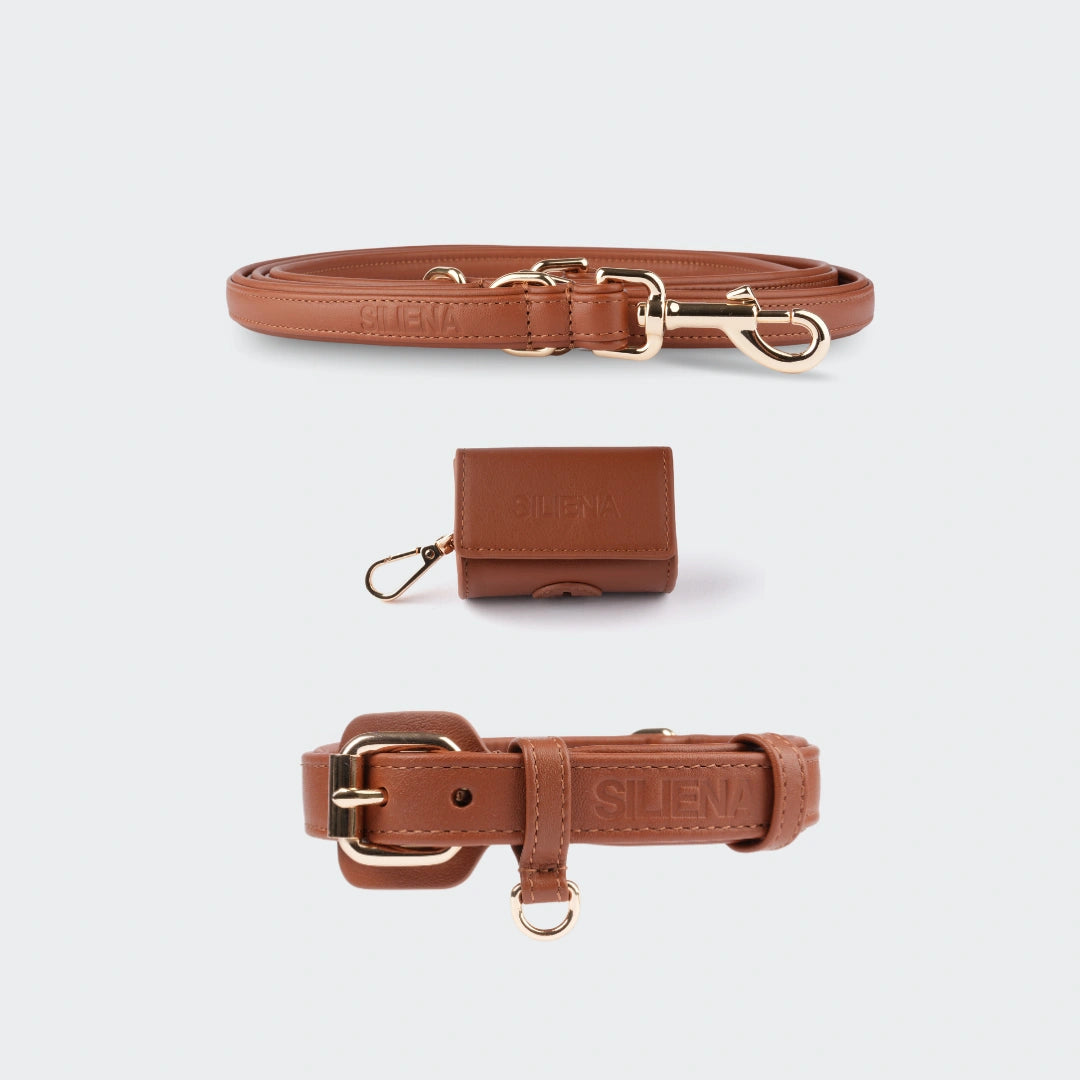
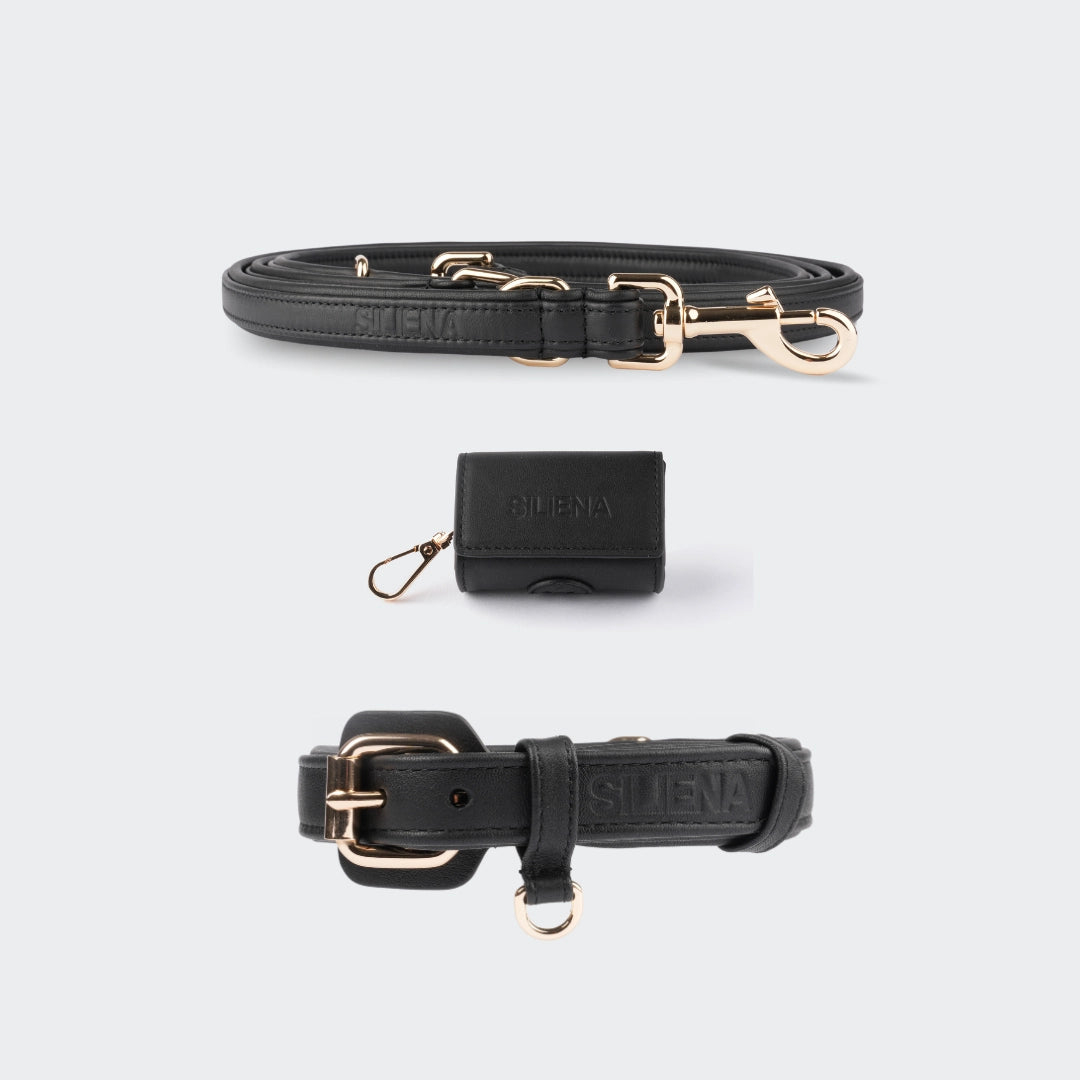
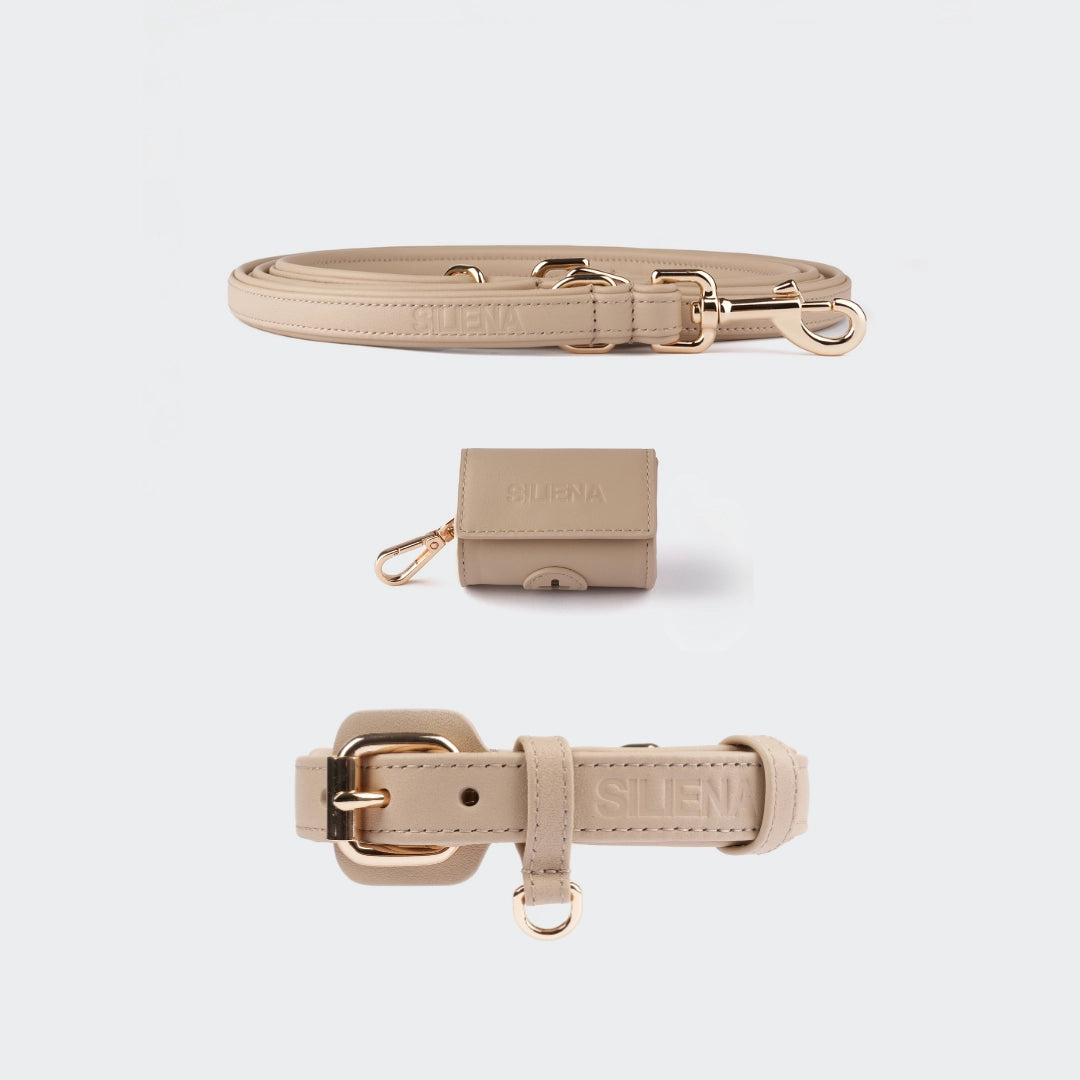
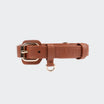
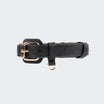

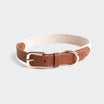
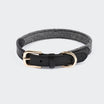
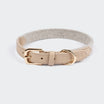

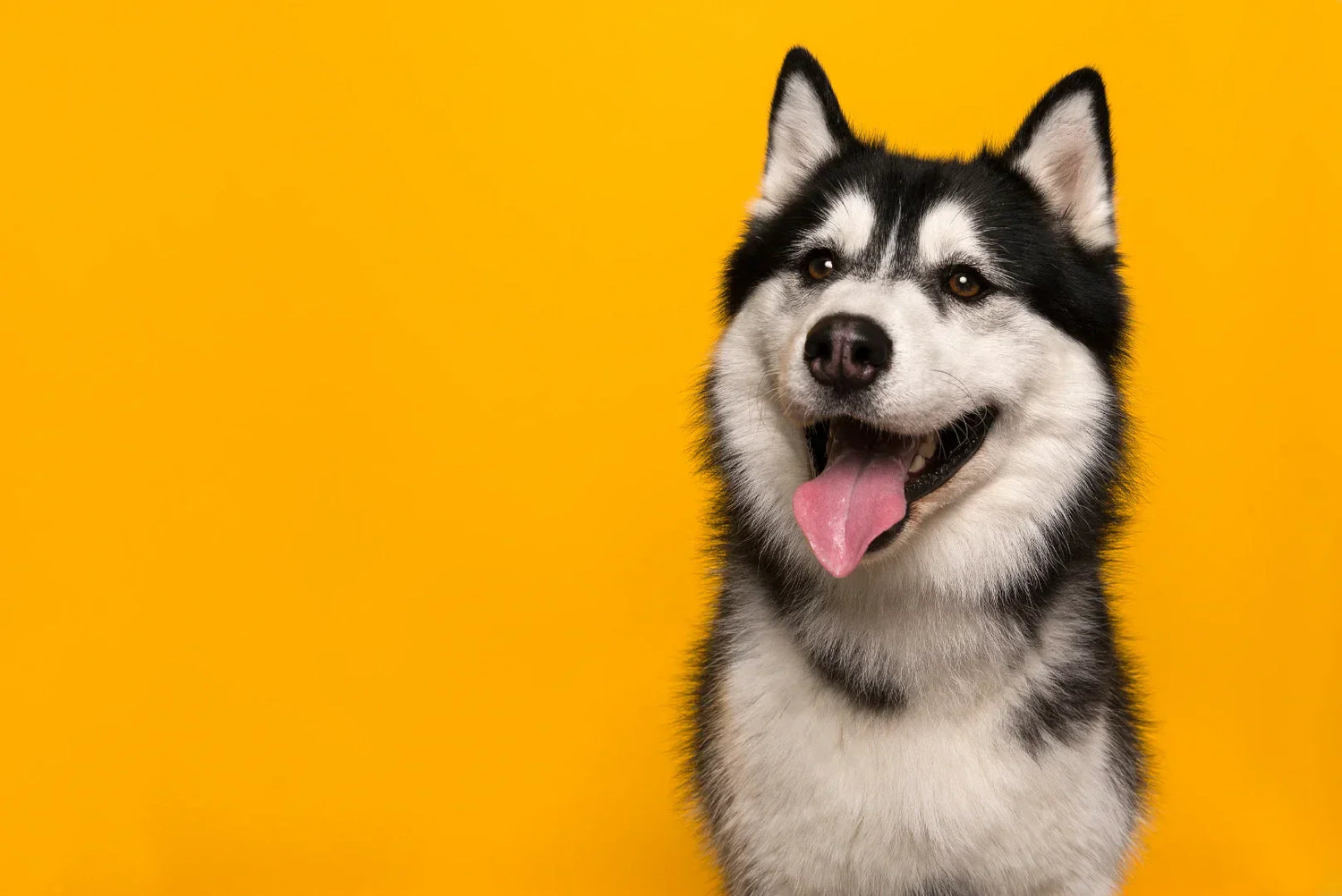

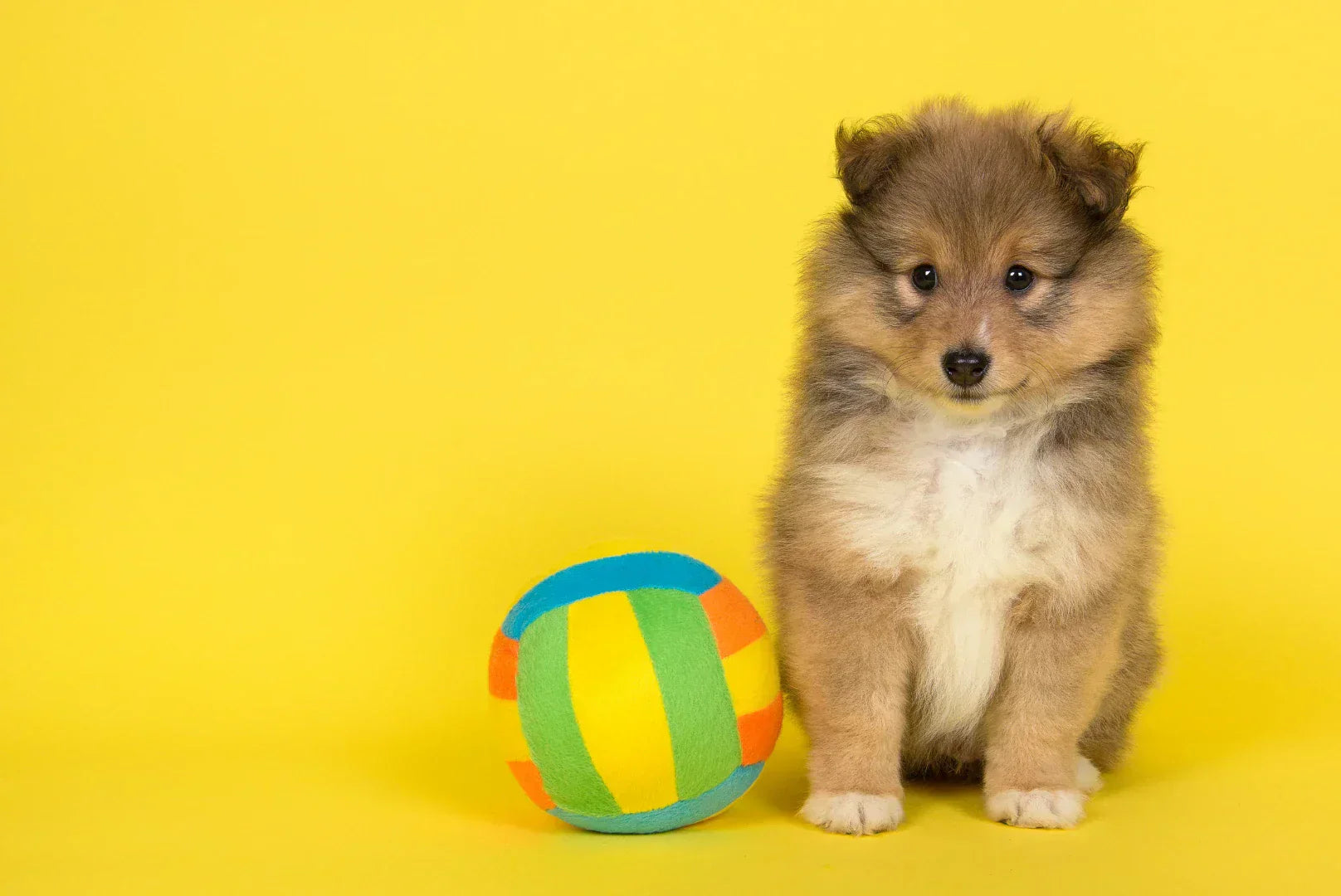


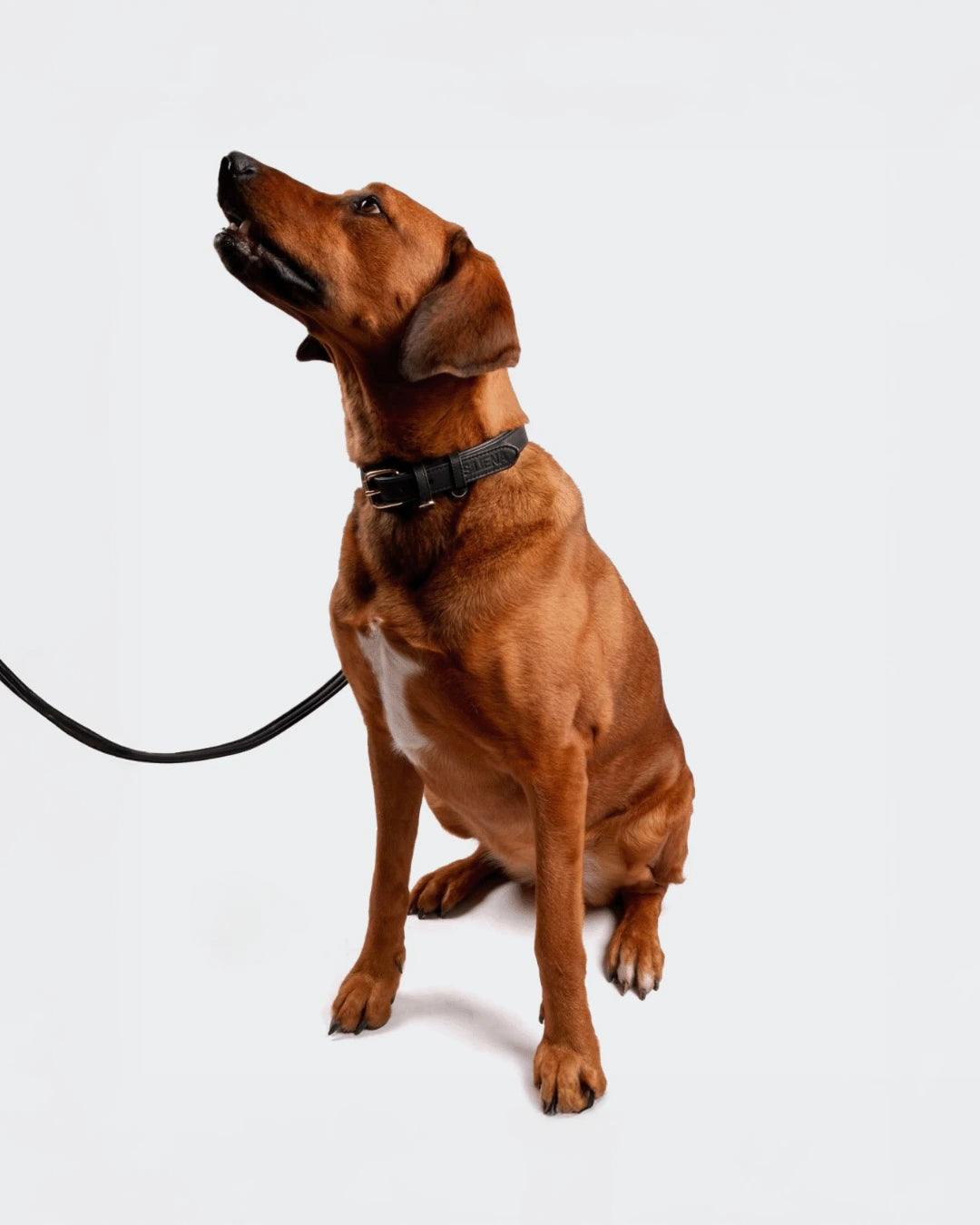
Leave a comment
This site is protected by hCaptcha and the hCaptcha Privacy Policy and Terms of Service apply.